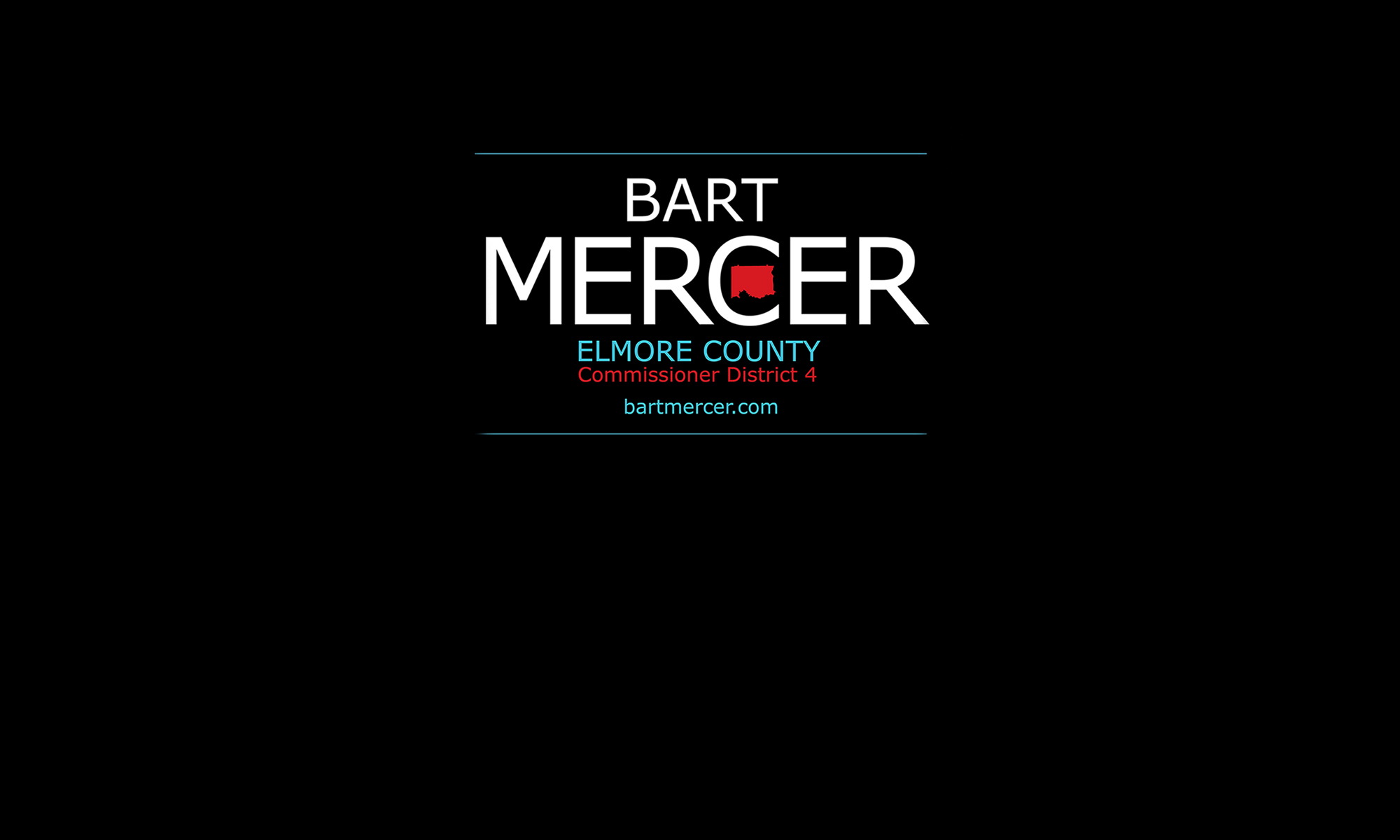Elmore County Chief Engineer and Operations Officer Richie Beyer recently made a presentation to the Alabama Legislative Infrastructure Committee on the current need for additional funding for County infrastructure in Alabama. The presentation focused on an update to a county needs assessment last completed in 2010 called the “Silent Crisis” which is a very good description of the situation counties face.
One of the major contributors to this lack of funding is the reduced buying power of the current infrastructure funding levels. An analysis preformed in 2010 by the Association of County Engineers of Alabama determined that statewide counties need $502 million annually to properly resurface/replace county roads and bridges but in this same year $369 million was available, a $133 million shortfall. In 2018 the funding needs for county infrastructure statewide has risen to $559 million, a $190 million shortfall.
These number comparisons assume all county infrastructure dollars will go to county road resurfacing and bridge replacement but in reality spending all funds only on resurfacing and bridge replacement is not possible. These same dollars also need to be spent on the costs associated with right of way mowing, pothole repair, bridges inspections, ditch maintenance, dirt road maintenance and many other vital transportation maintenance needs counties have. When you factor in expenses to fund these other needed maintenance items the shortfall counties face statewide grows from $190 million to $411 million.
In 2012. Alabama implemented the Alabama Transportation Rehabilitation and Improvement Program (ATRIP) which resulted in funding made available to counties. For many counties, the amount of federally backed funding individual counties saw equated to 15-20 years of current infrastructure improvement funding levels. The ATRIP program resulted in Elmore county receiving $18 million in road and bridge funding that allowed for improvements to 106 miles of county roads over a three-year period. The reality of this program was that during the past five years the allocation Elmore County was able to expend was less than 60% of the annual investment needed to adequately address road and bridge needs over that same period.
If approved by our state legislature, a program known as ATRIP II would be the funding mechanism that would again serve as a short-term fix to this long-term funding problem.
County roads and bridges are a county’s largest asset. Maintaining that taxpayers’ investment along with providing a safe, smooth transportation system is one of the top priorities.
Bart
(Select slides from Beyer presentation)





